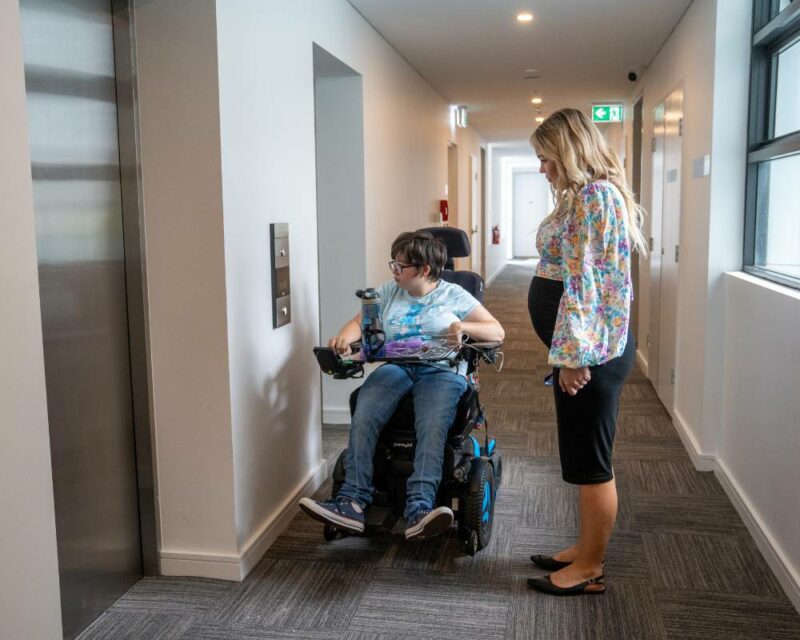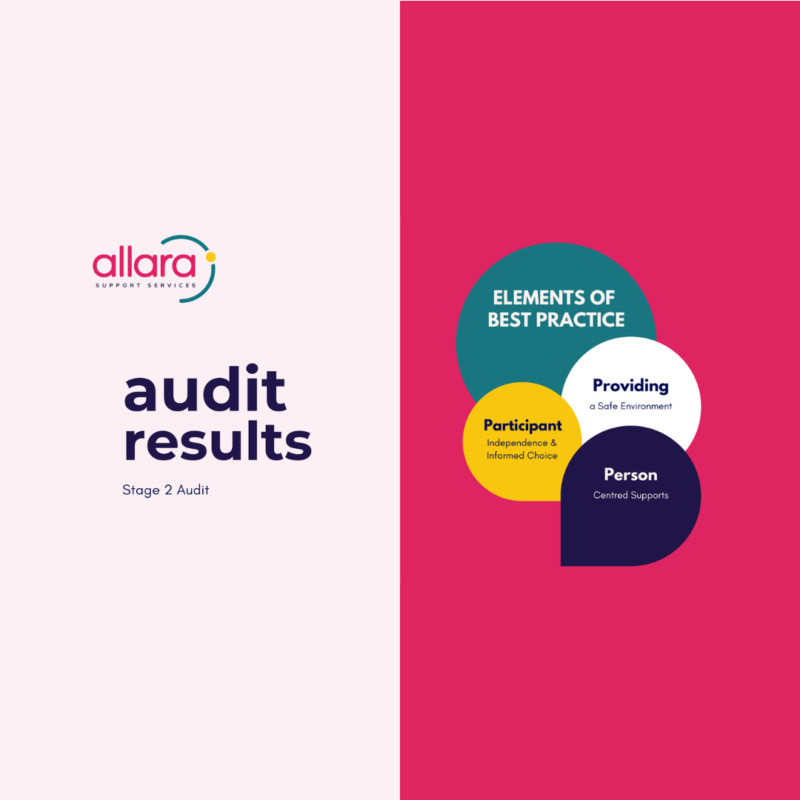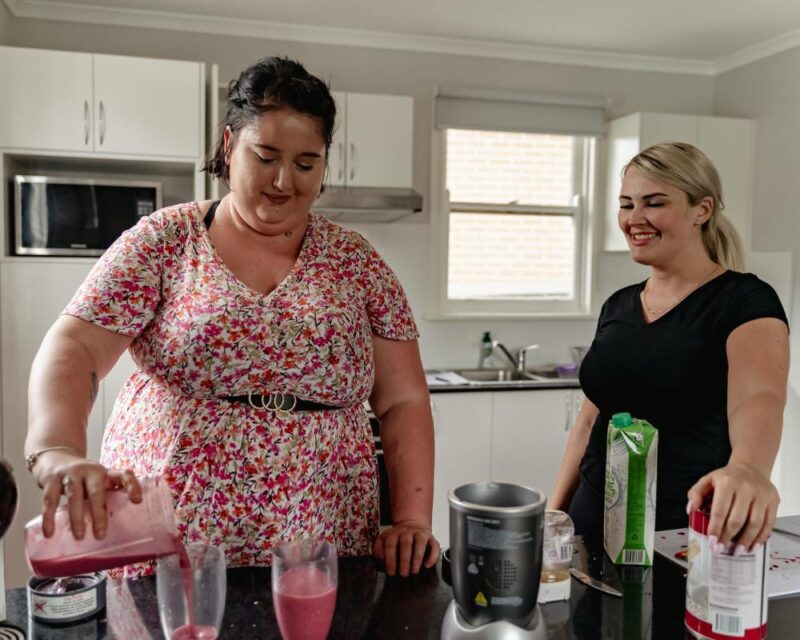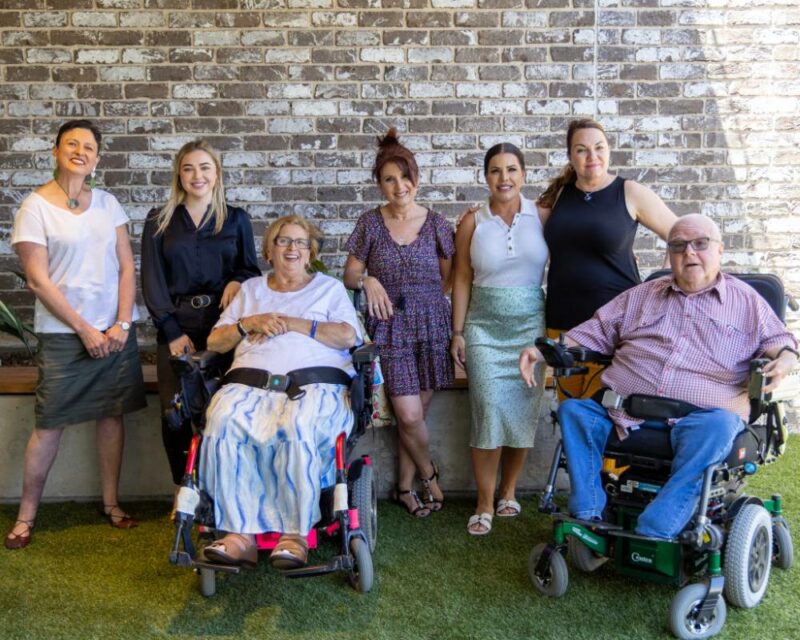This blog is tailored for anyone navigating the world of Supported Independent Living. If you’re an individual exploring independent living options, a family member or carer seeking clarity, or a support coordinator assisting clients, you’ll find valuable information here. Our goal is to address your questions, highlight essential considerations, and provide tools to ensure that the SIL experience aligns with your goals and lifestyle.
In this article, you’ll gain a thorough understanding of SIL—from what it entails and who qualifies, to practical steps for assessing providers. Each section is packed with actionable advice, checklists, and examples that will simplify your journey, helping you make choices with confidence and clarity.
Choosing the right SIL provider can be life-changing. The right support can mean the difference between merely managing day-to-day needs and genuinely thriving in a setting that fosters personal growth, safety, and independence. This guide encourages a thoughtful approach to choosing a SIL provider, so you can select one who will prioritise your unique aspirations, dignity, and well-being.

What is Supported Independent Living (SIL)?
Supported Independent Living (SIL) is a valuable service within the National Disability Insurance Scheme (NDIS) designed to help individuals with disabilities live independently while receiving necessary support. SIL provides the structure and assistance needed to carry out daily tasks, build life skills, and achieve personal goals in a home environment that suits individual preferences.
The primary goal of SIL is to empower individuals to lead lives as independently as possible, with support customised to each person’s unique needs, routines, and aspirations. Rather than relying solely on family or traditional care facilities, SIL offers a tailored, flexible model that promotes personal growth, dignity, and autonomy.

Key Benefits of SIL
- Increased Independence: With SIL, individuals can gain confidence in their daily living skills, work towards personal goals, and enjoy more autonomy.
- Community Engagement: Many SIL arrangements are based in community settings, allowing individuals to connect with neighbours, access community services, and engage in social activities.
- Personalised Support: SIL providers work with individuals to develop a support plan that includes assistance with household tasks, self-care, skill development, and other needs.
Types of SIL Arrangements
SIL arrangements can vary based on preferences, available housing options, and support needs. These settings generally include:
- Shared Living: In a shared SIL home, multiple residents live together and share common areas, with each person having their own bedroom. This setup allows individuals to receive support while enjoying a social environment and shared responsibilities.
- Individual Living: For those who prefer to live alone, SIL can be provided in an individual setting. This option offers privacy and independence with the assurance of support when needed.
- The concierge Model of Support: in Supported Independent Living (SIL) provides flexible, on-demand assistance instead of continuous one-on-one support. A support worker is nearby and can be called as needed for tasks like personal care, medication reminders, and daily activities, offering a balance of independence and accessible help.
What does SIL cover?
SIL funding typically covers assistance with tasks essential for daily living, including:
- Personal Care: Help with self-care tasks such as bathing, dressing, and medication management.
- Household Tasks: Support with cooking, cleaning, laundry, and other domestic duties.
- Skill Development: Assistance in developing skills for budgeting, planning, communication, and other areas to build confidence and independence.
- Routine and Safety Management: Support workers can help establish daily routines, ensure a safe living environment, and provide emergency support as needed.
How SIL Differs from other NDIS Supports
Unlike other NDIS-funded supports, SIL is unique because it’s designed for those who need 24/7 assistance or regular, ongoing support within their home. It is primarily funded for those who cannot live independently without continuous or frequent help. However, SIL does not cover every aspect of life and often works in conjunction with other NDIS supports, such as transport, community participation, and specialised therapies.
Eligibility for SIL Funding
Supported Independent Living (SIL) is designed for individuals who need ongoing support to live independently. To qualify for SIL funding through the NDIS, there are a few key factors to consider.
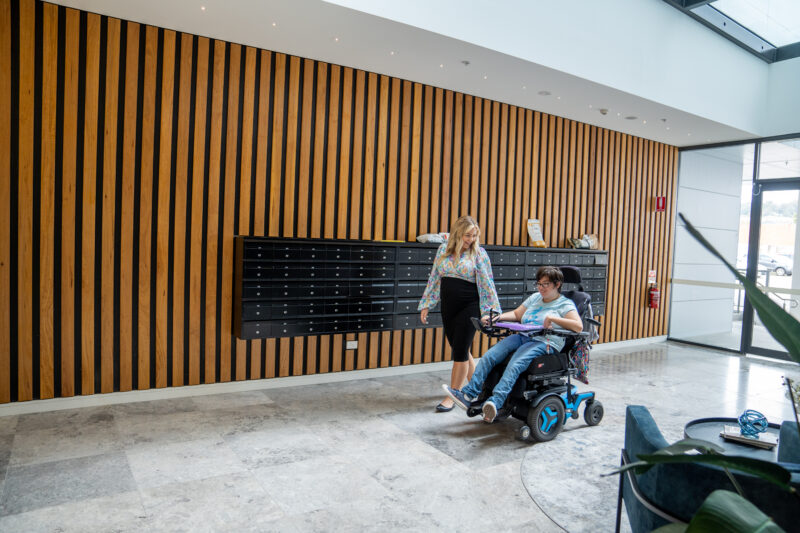
Who is SIL for?
SIL is typically available for people with moderate to high support needs, who are either:
- Living with a significant disability that impacts daily living,
- Aiming to increase their level of independence,
- Seeking a living arrangement that includes consistent support while allowing autonomy.
By understanding the essentials of SIL, individuals and families can better determine if it’s the right choice and start considering which setting and provider might best meet their needs.
How to Demonstrate Eligibility:
- Document Your Needs: Provide evidence of your daily support needs through medical assessments and reports from support workers or therapists.
- Set Clear Goals: Show how SIL will help you achieve greater independence, safety, and social engagement
- Outline Living Limitations: If your current living situation isn’t meeting your needs, provide examples of how SIL could improve your quality of life.
Navigating the Application Process:
- NDIS Planner Meeting: Discuss your needs and goals with your NDIS planner to see if SIL is the right fit.
- Assessment: Additional assessments may be required from healthcare providers or support workers.
- Plan Approval: After review, your SIL funding will be approved (or denied) and will detail the support provided.
How SIL Differs from other NDIS Supports
Unlike other NDIS-funded supports, SIL is unique because it’s designed for those who need 24/7 assistance or regular, ongoing support within their home. It is primarily funded for those who cannot live independently without continuous or frequent help. However, SIL does not cover every aspect of life and often works in conjunction with other NDIS supports, such as transport, community participation, and specialised therapies.
Finding the Perfect SIL Home
Finding the right SIL home is a highly individual journey. What works for one person may not suit another, as everyone’s needs, preferences, and goals are unique. Above all, you should look for a home that not only meets your current requirements but also offers a supportive environment that can adapt as you grow. Seek a provider who is committed to helping you achieve your personal goals and empowering your independence in every way possible.

Key Factors to Consider When Choosing a SIL Home
- Location: Choose a location that suits your lifestyle, with access to essential services, public transport, and any social or family connections that matter to you.
- Living Arrangement: Consider whether you prefer shared housing, individual apartments, or the Concierge Model of Support. Think about your comfort with social interaction versus privacy.
- Accessibility: Ensure the home is accessible to meet any physical needs, with features like ramps, wide doorways, or adapted bathrooms, if necessary.
- Supportive Environment: Look for a home with a positive community feel and supportive staff. Reliable, consistent support fosters stability and comfort in daily life.
Finding the Right SIL Provider
Choosing a SIL provider can feel overwhelming with so many options available.
This section is dedicated to helping you understand what makes a provider reliable, trustworthy, and a good fit for individual goals. We’ll cover what to look for in terms of experience, flexibility, and specific support services that align with personal needs.

Top Considerations When Choosing a Provider
- Values and Approach: Look for a provider whose values align with yours—whether that’s independence, community, or personalised support.
- Experience and Reputation: Check their experience with SIL and read reviews to gauge their reliability and success with similar needs.
- Qualified, Available Staff: Ensure support staff are well-trained and available to provide consistent, quality assistance.
- Flexibility: Choose a provider who can adapt your support as your needs change over time.
- Clear Communication: A provider should be transparent and open to feedback, keeping you informed and involved.
- Safety and Accessibility: Look for accessible, safe living spaces and emergency protocols.
Key Questions to Ask
Ask about their approach to personalised plans, staff qualifications, handling feedback, and adapting support over time. Meeting residents or staff can also help you gauge fit.
Allara Support Services – Supporting the future you want to see, and the person you want to be.
Established in 2020 by Rachel Carey, Allara Support Services is a registered NDIS provider dedicated to delivering compassionate and personalised care. With over a decade of experience in disability services, Rachel founded Allara to create an organisation that truly values each individual’s hopes, dreams, and unique challenges. Specialising in Supported Independent Living, in-home support, and community access, Allara is committed to empowering clients to live fulfilling and independent lives—never just as a number, but as individuals with meaningful goals and aspirations.
Discover the Allara Difference
At Allara Support Services, we focus on you—your goals, your dreams, and your unique journey. Founded on a commitment to truly personalised support, we’re here to empower you in every way possible.

Connect with Allara Today
Have questions about NDIS or Supported Independent Living? Connect with our friendly team at Allara Support Services, and we’ll be happy to guide you every step of the way.
